We tend to think of spring and summer as the time for gardening and growth, with the winter as an interlude while the world sleeps. However, depending on your location and gardening goals, there are several crops you can start or plant to keep your garden flourishing.
In this article, we’ll explore 13 things to plant in January to extend your gardening season.
Things to Plant in January: Key Considerations
There are three key things to keep in mind when determining what things to plant in January:
- Your USDA Zone – Colder climates will impact what can be planted and whether you should start seeds indoors in January rather than planting directly.
- Cold-Hardiness – The crops and cultivars you choose should be cold-hardy and frost-resilient.
- Germination Rate – Consider how long it takes to grow certain crops from seed. Slow growers can be planted or started indoors in January for an early harvest.
With those considerations in mind, let’s dig into the best things to plant in January.
Artichokes

Artichokes perform better with time to vernalize in the cold.
©Danita Delimont/Shutterstock.com
When you plant artichokes, it’s typically for the following season, providing ample time for vernalization—cold exposure resulting in a healthy blooming season.
If you live in USDA zones 6-11, you can plant artichokes directly outside in January. Green globe artichokes are a cold-hardy variety that does well in winter.
If you live in USDA zone 5 or lower, you can start your seeds inside, as they require 10-12 weeks of germination. Start the process by placing them in the fridge for two weeks to emulate the cold outdoor temperature.
Austrian Winter Pea
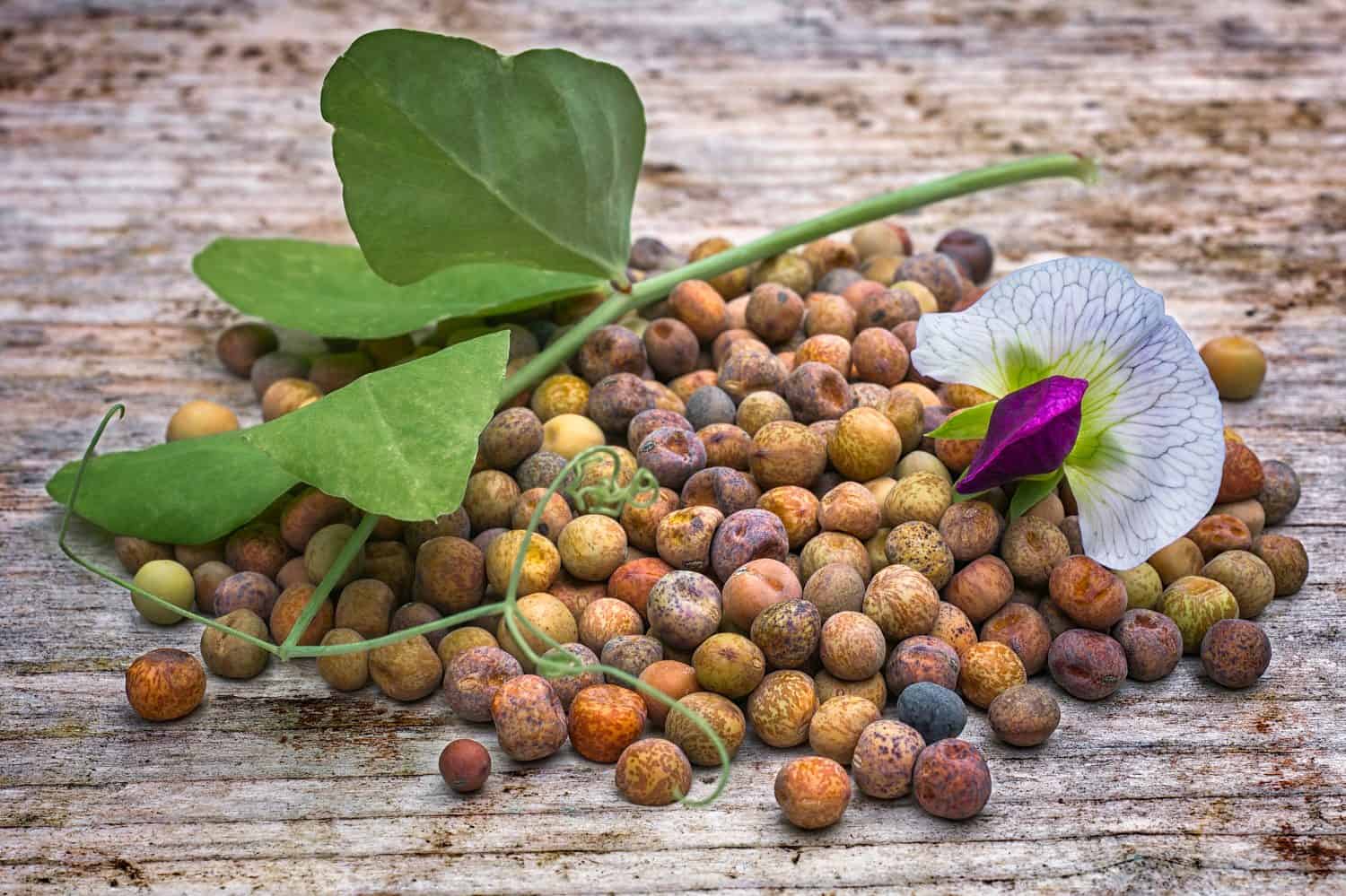
The Austrian winter pea is considered one of the most cold hardy legumes.
©vainillaychile/Shutterstock.com
As the name implies, Austrian winter peas are made for the cold. These legumes will survive the winter outdoors in USDA zones 6 and above. They can tolerate hard frosts but need extra insulation in areas where the temperature dips below 5°F (-15°C).
Harvest and eat the pods and greens while the plant is young, or wait until the legumes mature and use them as a dry soup pea.
Broccoli
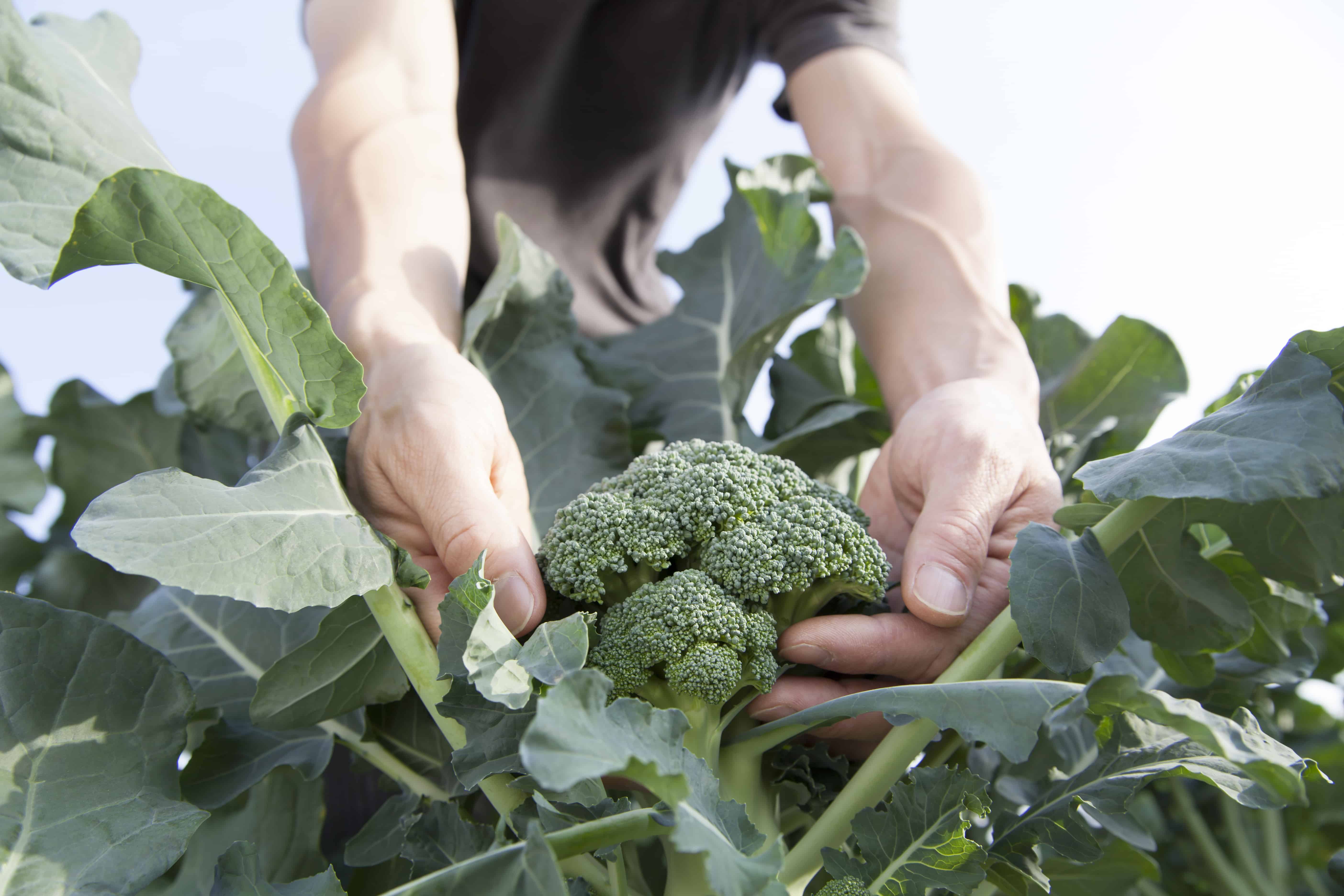
Broccoli does well in frosty conditions.
©Alexander Knyazhinsky/Shutterstock.com
Like many hardy vegetables, broccoli tends to taste better with a touch of frost. You can plant and leave broccoli outside in temperatures above 26°F (-3°C). Purple broccoli varieties are more cold-hardy due to higher levels of anthocyanin.
Alternatively, you can start this plant indoors 10 weeks before the final frost, aiming for an early April transfer in cooler USDA zones.
Cabbage
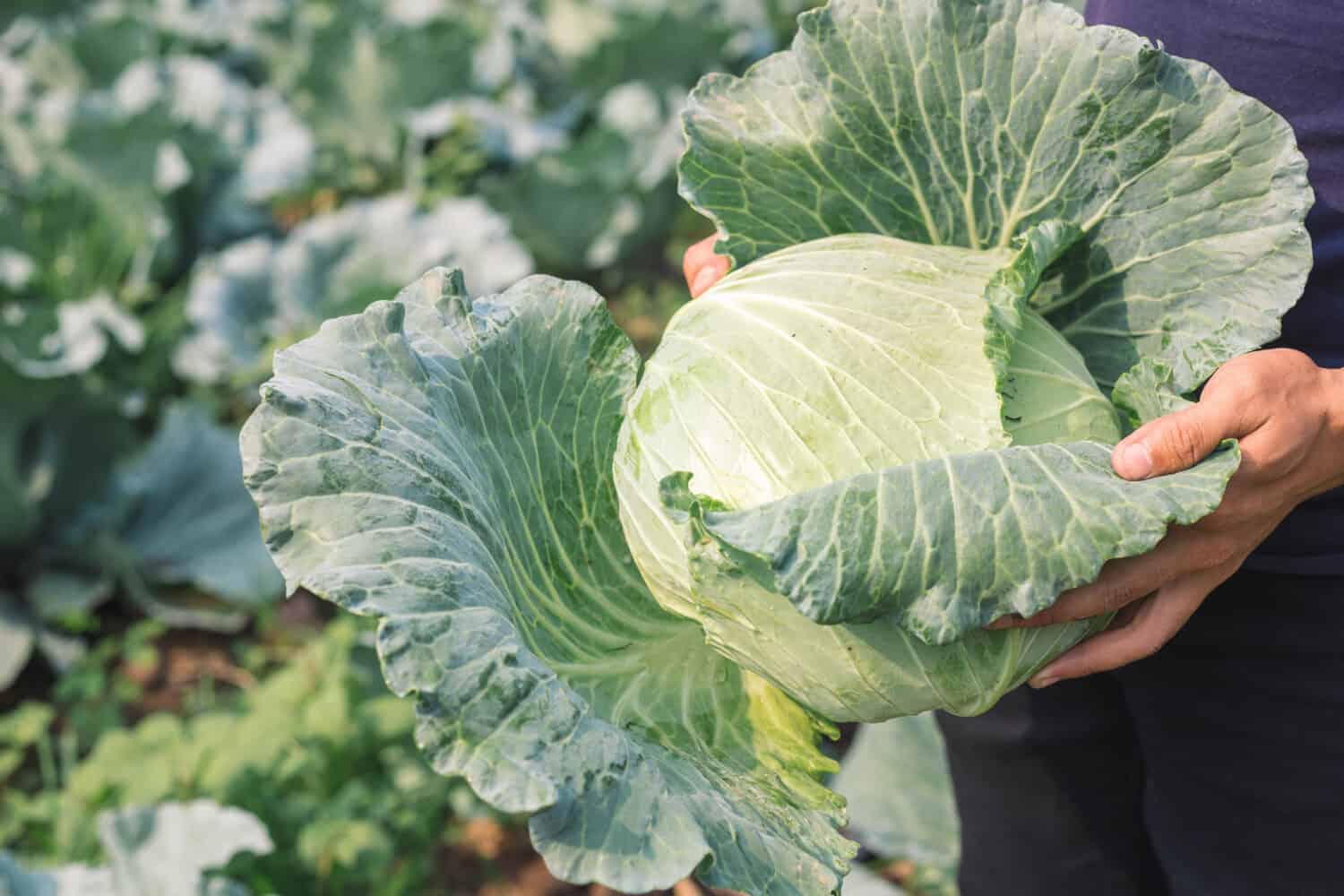
Established cabbage does well with a touch of frost.
©Parkin Srihawong/Shutterstock.com
Cabbage is cold hardy, with some varieties surviving in temperatures as low as 15°F (-9°C). Crinkly savoy, an heirloom variety, is particularly hardy in cold climates. Red cabbage varieties are also frost-resistant.
However, it’s best to have a few established cabbage leaves before introducing the plant to frost. Start your plants indoors in January and move them outdoors in 4-6 weeks for optimal results. If you are in USDA zone 6 or lower, plan your transfer accordingly to ensure the temperature is above 15°F (-9°C).
Carrots
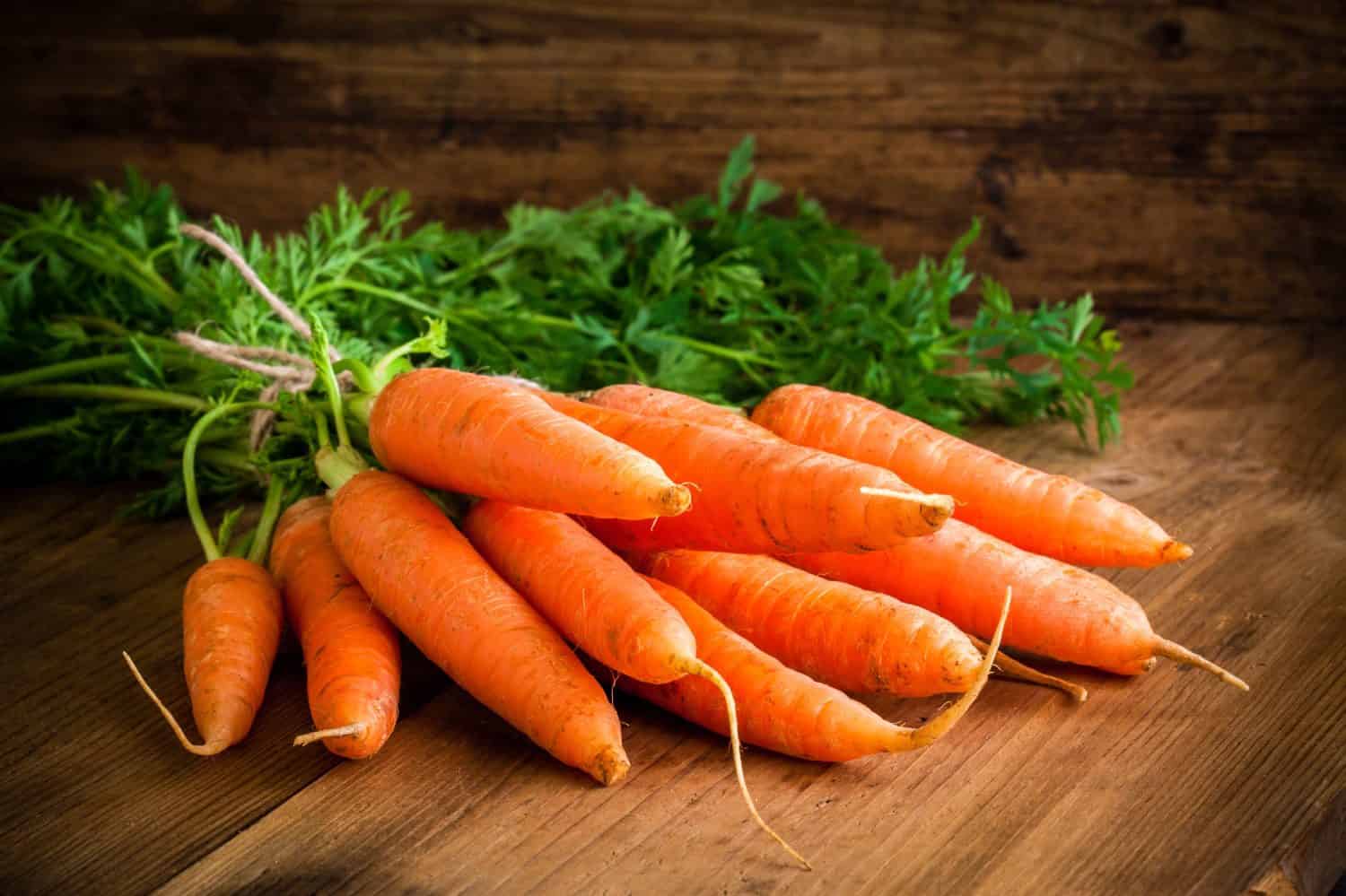
Carrots taste sweeter when exposed to frost.
©nblx/Shutterstock.com
You can plant carrots outdoors in the winter in USDA zones 3-10, choosing cold-hardy varieties like Bolero.
The carrots will require mulch or straw to insulate the ground as they grow. Consider germinating indoors and transferring outside if the ground isn’t frozen. The insulation will also make them easier to pull during the cold months.
Cauliflower
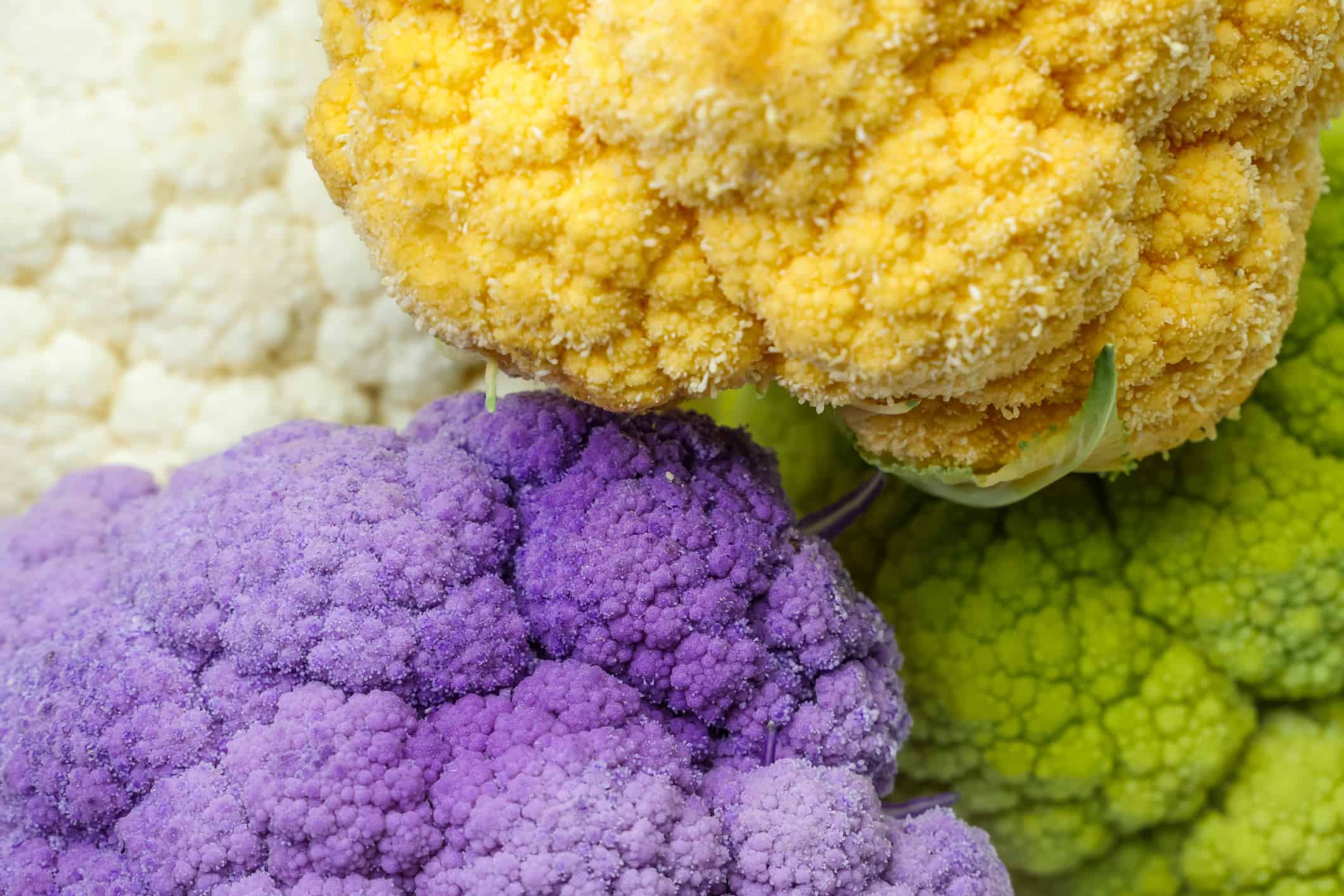
Purple cauliflower performs best during the cold.
©Animaflora/iStock via Getty Images
Like purple broccoli, purple cauliflower is more resistant to frost thanks to the anthocyanin. Cauliflower is a slow grower, taking upward of three months to mature.
Start the seeds indoors and transfer them outside for a spring harvest. Time the transfer to ensure the temperature doesn’t fall below 26°F (-3°C).
Collards

Like many leafy greens, collard is cold-hardy.
©iStock.com/Wirestock
Collards are another member of the Brassicaceae family, along with broccoli, cauliflower, and cabbage. These vegetables are cold hardy to 5°F (-15°C).
Plant collards directly in the ground 3-4 weeks before the last frost, covering the soil with straw or mulch. You can also start them indoors in January and transfer accordingly in colder USDA zones.
Garlic
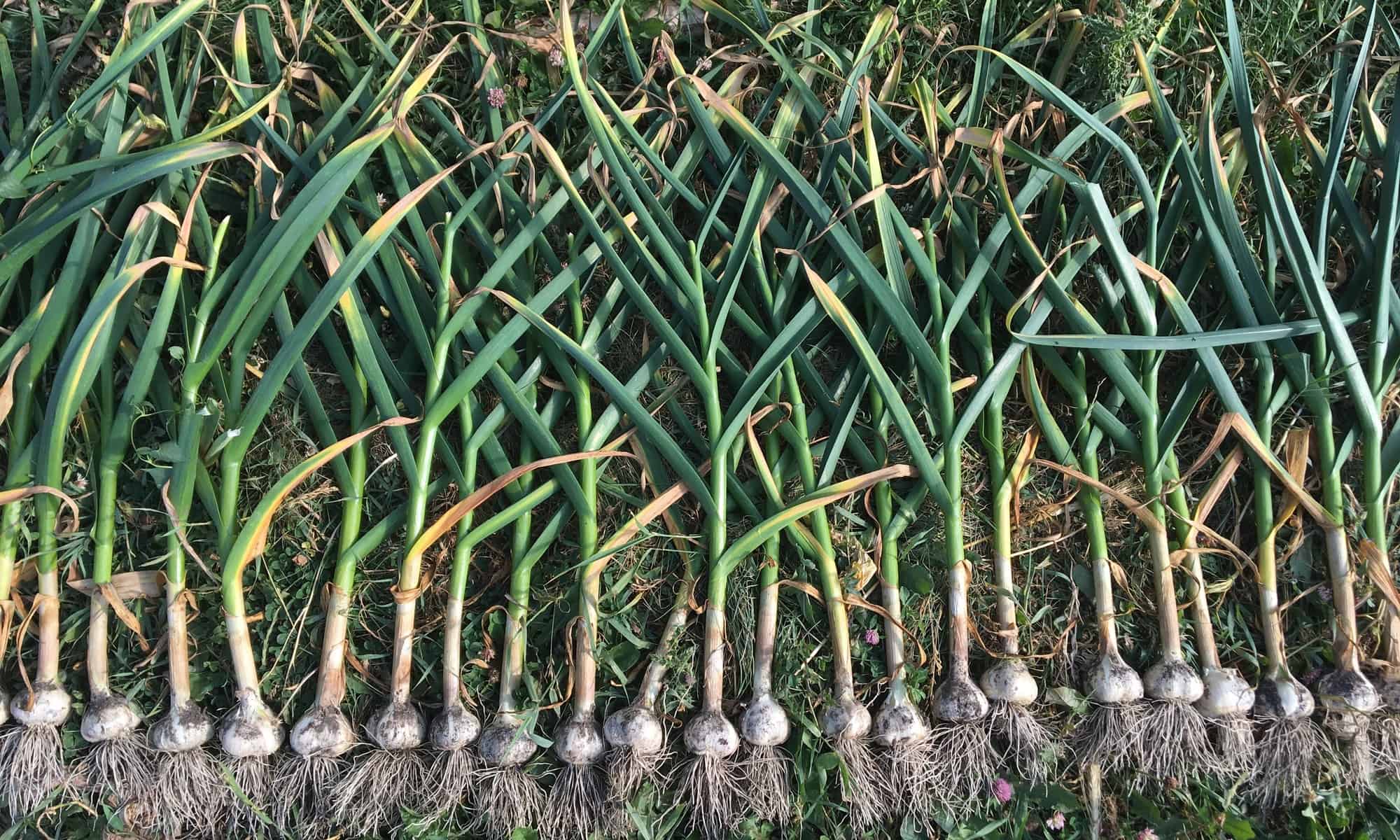
Garlic is a classic winter crop.
©amandalala123/Shutterstock.com
Perhaps one of the best-known winter growers, garlic performs best when exposed to winter temperatures. If you missed the late fall planting season, you still have time to plant in January.
Garlic takes 8-9 months to mature. Plant your crops in January and enjoy them in the late summer.
Kale

Kale matures quickly after planting.
©iStock.com/Tetiana Kolubai
For another frost-sweetened harvest, plant your kale in January. Varieties like Red Russian are one of the best vegetables for winter planting.
Plan to harvest your Red Russian kale within 60 days, storing it in the fridge and consuming it quickly. While this variety is winter-friendly, it turns quickly after harvesting.
Leeks

Leeks are a great addition to hearty soups.
©Brent Hofacker/Shutterstock.com
While easy to grow, leeks are painfully slow, taking upward of 120 days to mature. While these unsung heroes of soups and stir-fries are not cold-resistant, starting them indoors is a great way to get an early harvest.
Start your seeds indoors in January to transfer in late May or early April. Delay transferring until the risk of frost has passed.
Onions
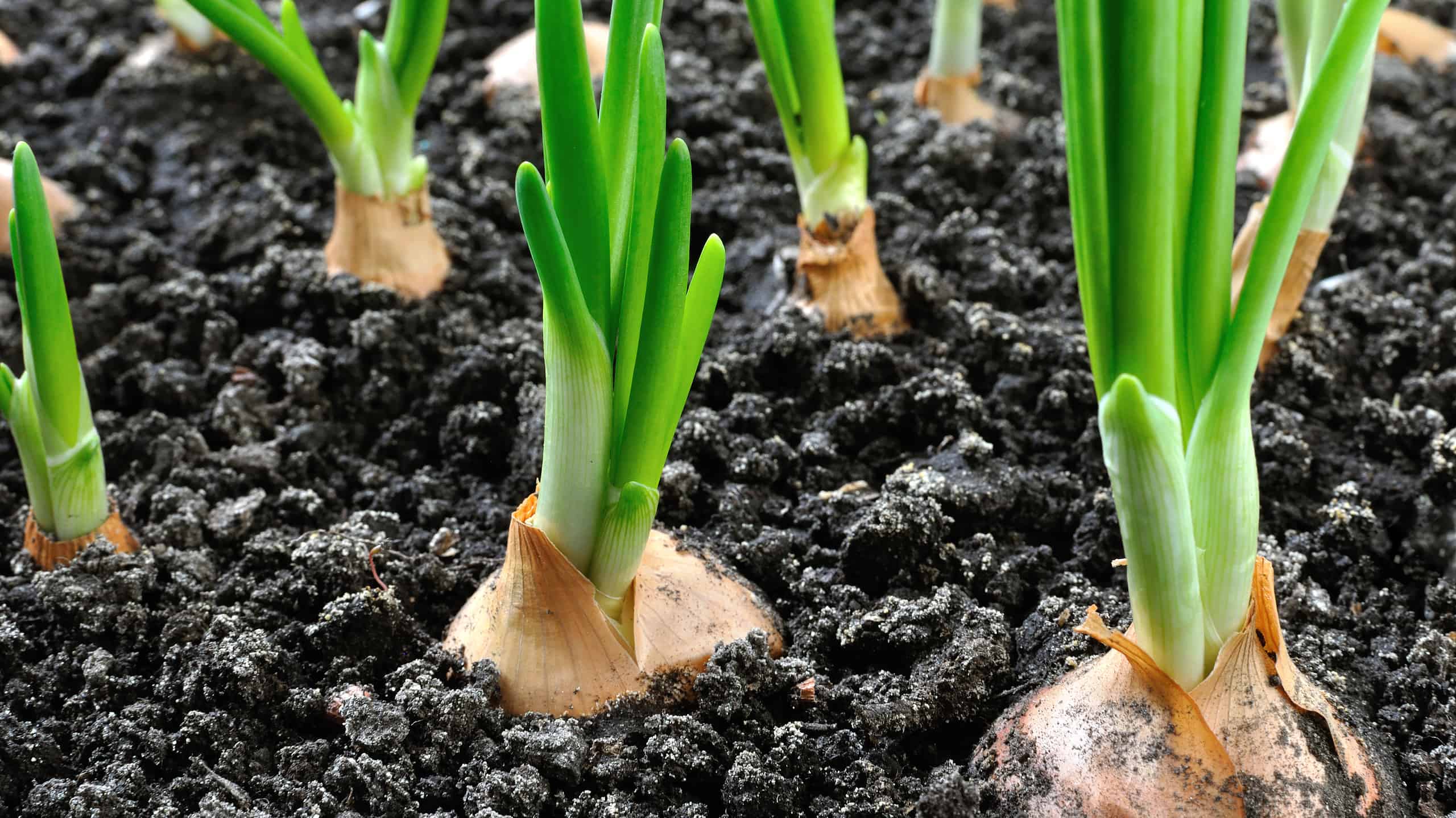
Onions are slow growers but low-maintenance.
©yuris/Shutterstock.com
Like leeks, onions are notoriously slow growers. However, this feature makes them ideal for winter planting.
Start your onions indoors in late January, and then let them grow for 6-8 weeks before transferring them outside. Young onions will need mulch and coverage to survive outdoors during the late winter and early spring; keep them covered until the last frost.
Spinach
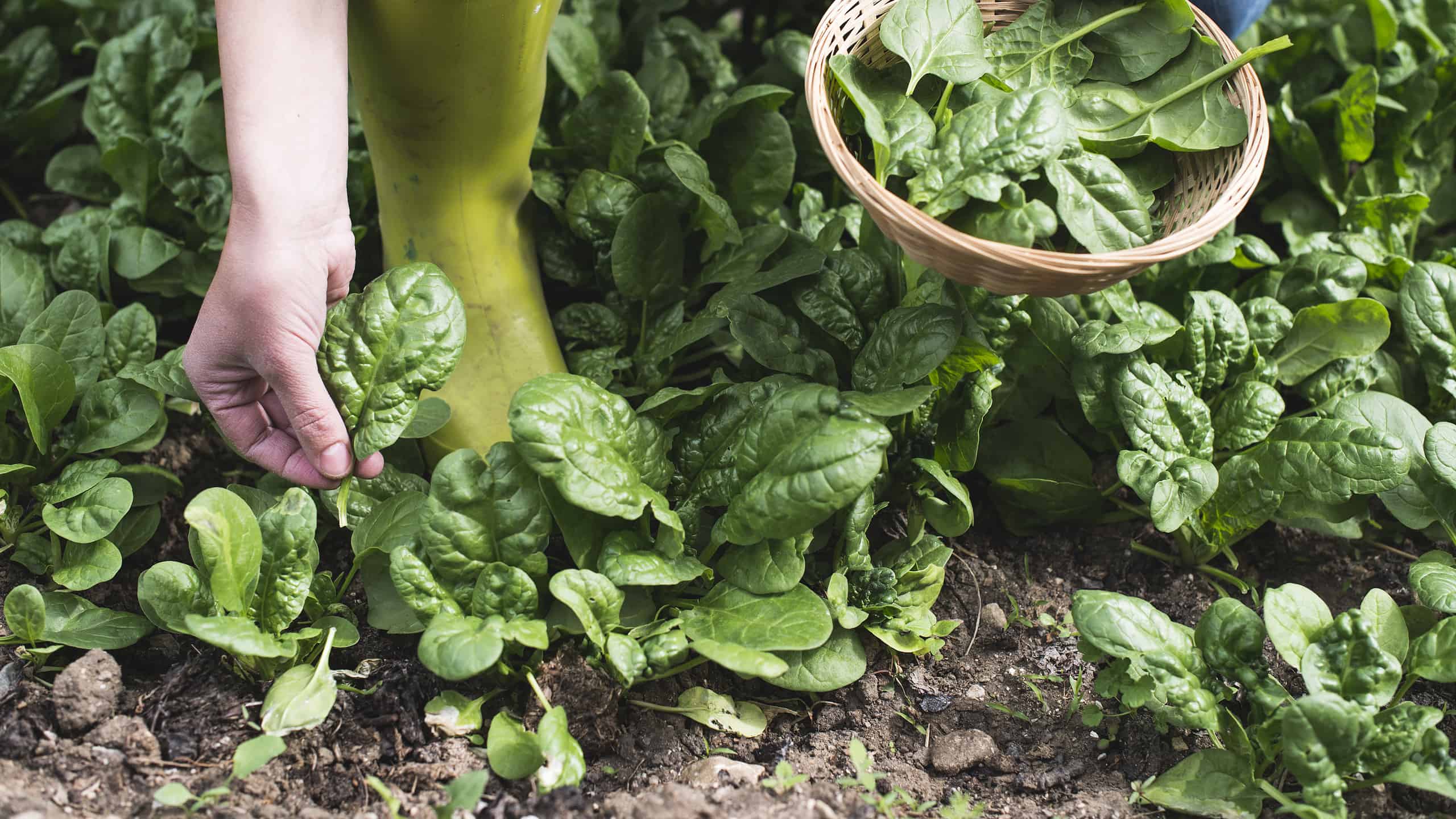
Giant Winter Organic is the best spinach variety for winter planting.
©Deyan Georgiev/Shutterstock.com
While there are several spinach varieties that tolerate frost, Giant Winter Organic was designed specifically for winter planting.
Sow directly into the soil and plan to harvest 45-60 days after planting.
The photo featured at the top of this post is © sophiecat/Shutterstock.com
Thank you for reading! Have some feedback for us? Contact the AZ Animals editorial team.







